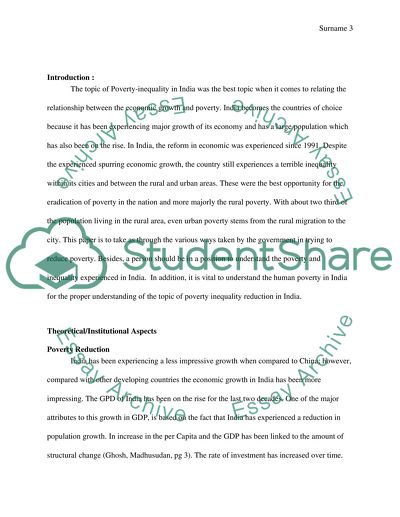Cite this document
(“Poverty-Inequality Reduction in India Term Paper”, n.d.)
Poverty-Inequality Reduction in India Term Paper. Retrieved from https://studentshare.org/macro-microeconomics/1689557-poverty-inequality-reduction-in-india
Poverty-Inequality Reduction in India Term Paper. Retrieved from https://studentshare.org/macro-microeconomics/1689557-poverty-inequality-reduction-in-india
(Poverty-Inequality Reduction in India Term Paper)
Poverty-Inequality Reduction in India Term Paper. https://studentshare.org/macro-microeconomics/1689557-poverty-inequality-reduction-in-india.
Poverty-Inequality Reduction in India Term Paper. https://studentshare.org/macro-microeconomics/1689557-poverty-inequality-reduction-in-india.
“Poverty-Inequality Reduction in India Term Paper”, n.d. https://studentshare.org/macro-microeconomics/1689557-poverty-inequality-reduction-in-india.


